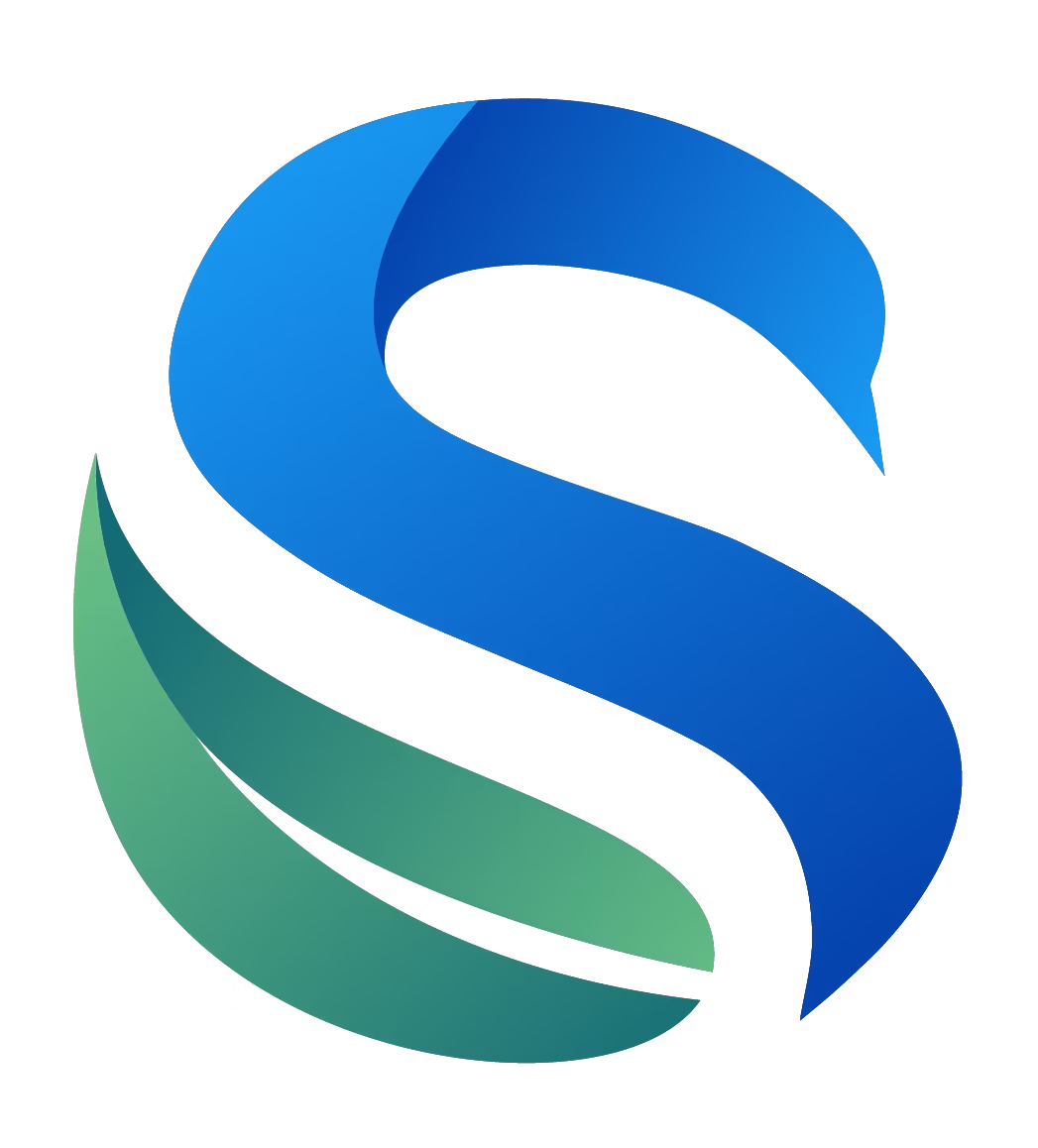Accurate AMD (Age-Related Macular Degeneration) Coding: Ensuring Proper Documentation and Reimbursement
Age-related macular degeneration (AMD) is one of the leading causes of vision loss among older adults. Proper AMD coding and documentation are critical for ophthalmology practices to ensure accurate billing and appropriate reimbursement. Without precise age-related macular degeneration documentation, practices risk claim denials, delays in payments, and compliance issues.
At Shoreline Healthcare Technologies Company, we specialize in ophthalmology billing, helping providers optimize their coding practices, prevent claim rejections, and maximize reimbursements. In this article, we’ll explore key aspects of AMD coding, best practices for age-related macular degeneration documentation, and strategies to ensure seamless billing in ophthalmology.
Understanding Age-Related Macular Degeneration (AMD)
AMD is a progressive eye disease that affects the macula, leading to central vision loss. It is classified into two main types:
1. Dry AMD (Nonexudative or Atrophic)
The most common form, characterized by the gradual breakdown of the macula.
2. Wet AMD (Exudative or Neovascular)
A more severe form, involving abnormal blood vessel growth beneath the retina, leading to faster vision loss
Proper classification of AMD is essential for accurate billing, as different forms require different ICD-10 codes and treatments.
ICD-10 Codes for AMD Coding
Correct AMD coding ensures that claims are processed without errors. The primary ICD-10 codes for age-related macular degeneration include:
H35.30 – Unspecified AMD
H35.31 – Nonexudative (Dry) AMD
H35.311 – Nonexudative AMD, right eye
H35.312 – Nonexudative AMD, left eye
H35.313 – Nonexudative AMD, bilateral
H35.32 – Exudative (Wet) AMD
H35.321 – Exudative AMD, right eye
H35.322 – Exudative AMD, left eye
H35.323 – Exudative AMD, bilateral
Proper selection of these codes is vital for claim approval and reimbursement. Shoreline Healthcare Technologies Company helps ophthalmology providers stay updated on coding changes and avoid common coding errors.
Age-Related Macular Degeneration Documentation Best Practices
Comprehensive age-related macular degeneration documentation is essential to support medical necessity and justify reimbursement. Here’s what should be included in patient records:
1. Detailed Patient History
- Family history of AMD
- Symptoms such as blurry vision, dark spots, or difficulty reading
- Lifestyle factors (smoking, diet, UV exposure)
2. Clinical Examination Findings
- Visual acuity test results
- Fundus examination findings
- Optical coherence tomography (OCT) and fluorescein angiography results
- Presence of drusen, retinal pigment changes, or choroidal neovascularization
3. Diagnosis and Disease Progression
- Classification as early, intermediate, or advanced AMD
- Whether the condition is dry or wet AMD
- Any documented progression over time
4. Treatment Plan
- Monitoring for dry AMD
- Anti-VEGF injections for wet AMD
- Nutritional recommendations
- Low-vision aids or rehabilitation services
5. Procedure Documentation
If procedures such as intravitreal injections (CPT code 67028) or laser treatments are performed, the medical record must clearly state:
- The indication for the procedure
- The specific medication used (e.g., bevacizumab, ranibizumab, aflibercept)
- Any complications or follow-up care plans
At Shoreline Healthcare Technologies Company, we emphasize proper documentation to prevent claim denials and ensure compliance with insurance requirements.
Common AMD Coding Errors and How to Avoid Them
Errors in AMD coding and documentation can lead to rejected or denied claims. Here are some common mistakes and solutions:
1. Using Unspecified Codes (H35.30) When Specific Codes Are Available
Mistake: Assigning H35.30 when laterality (right, left, or bilateral) is known
Solution: Always use the most specific code available to describe the condition accurately
2. Lack of Medical Necessity Documentation
Mistake: Failing to include diagnostic test results supporting AMD progression
Solution: Ensure all clinical findings, including OCT and fundus photography results, are documented
3. Improper Procedure Coding for Anti-VEGF Injections
Mistake: Forgetting to link the injection (CPT 67028) with the appropriate AMD diagnosis code
Solution: Use correct diagnosis-to-procedure linking to justify medical necessity
4. Missing Laterality in Coding
Mistake: Assigning an unspecified eye code when AMD is confirmed in one or both eyes
Solution: Always specify whether the condition affects the right, left, or both eyes
With Shoreline Healthcare Technologies Company, ophthalmology providers receive expert guidance in avoiding these errors and streamlining their billing processes.
Ensuring Proper Reimbursement for AMD Treatment
To maximize reimbursement for AMD treatments, follow these key strategies:
1. Stay Updated on Payer Policies
Different insurers have varying coverage policies for AMD treatments. Regularly check for updates on coverage criteria for anti-VEGF injections, diagnostic tests, and procedures.
2. Use Appropriate Modifiers
For bilateral procedures, use there correct modifiers, such as -RT (right eye), -LT (left eye), or -50 (bilateral), when applicable.
3. Verify Prior Authorization Requirements
Certain treatments, particularly anti-VEGF injections, may require prior authorization. Ensure documentation supports the medical necessity of these treatments.
4. Conduct Regular Coding Audits
Routine audits help identify documentation gaps and coding errors before claims are submitted. At Shoreline Healthcare Technologies Company, we assist practices with coding audits to improve claim accuracy.
How Shoreline Healthcare Technologies Can Help
Navigating AMD coding and age-related macular degeneration documentation can be challenging, but Shoreline simplifies the process. Our services include:
- Accurate Coding & Documentation Review - We ensure all AMD diagnoses and treatments are properly coded.
- Claims Submission & Denial Management - We handle claims efficiently to minimize denials.
- Revenue Cycle Optimization - We improve billing workflows to enhance revenue capture.
- Ongoing Provider Education - We offer training on the latest coding updates and billing regulations.
With Shoreline Healthcare Technologies, ophthalmology practices can achieve seamless billing, accurate reimbursement, and compliance with payer guidelines.
Conclusion
Proper AMD coding and age-related macular degeneration documentation are essential for ophthalmology practices to ensure accurate reimbursement and compliance. By following best practices in documentation, using precise ICD-10 codes, and avoiding common billing errors, providers can streamline their revenue cycle.
For expert assistance in ophthalmology billing, trust Shoreline Healthcare Technologies to handle your AMD claims with precision and efficiency. Contact us today to optimize your medical billing process!













Please leave a comment below and share your experience!